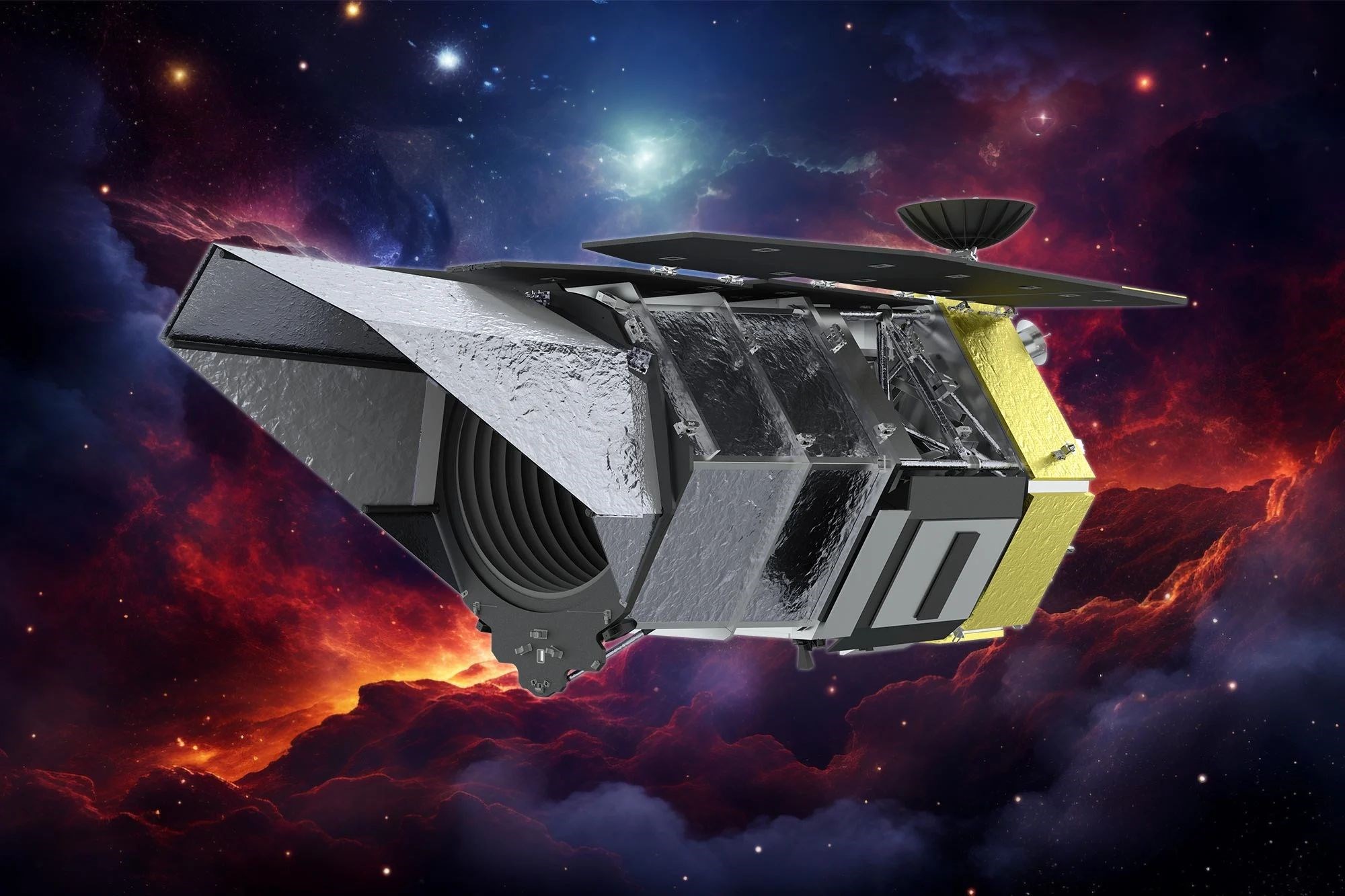See Full Size
The team responsible for the development of the Nancy Grace Roman Space Telescope at NASA announced that the optical telescope and the instruments it will use have been loaded onto the carrier. Thus, leaving behind another important milestone, the Roman Space Telescope will take its final form in 2026 if things go as planned. It will be sent into space in 2027.
From now on, the team’s main task will be to place the installed carrier into the spacecraft to be used. This process is expected to be completed by the end of 2024.
,
Roman will be able to make much clearer measurements than James Webb and Hubble
Nancy Grace Roman, who has different equipment than James Webb, will be used to investigate many different issues that remain mysterious about the universe, from small black holes to dark matter.
See Full Size
The Nancy Grace Roman Space Telescope will be a much more stable telescope than the James Webb or Hubble. Roman, which is said to be 10 times more stable than James Webb and 100 times more stable than Hubble, will allow scientists to make much clearer measurements and collect data for fine calculations. This is of great importance, especially for a better understanding of dark matter and dark energy.
Julie McEnery, one of the heads of the project, says, “If we count the topics in astronomy that Roman will not contribute to, it will be much shorter than the topics he will contribute to.” The novel is indeed designed to make a wide range of observations. Therefore, when it starts making observations in 2027, it may open the doors to many important mysteries in terms of astronomy.
This news our mobile application Download using
You can read it whenever you want (even offline):




